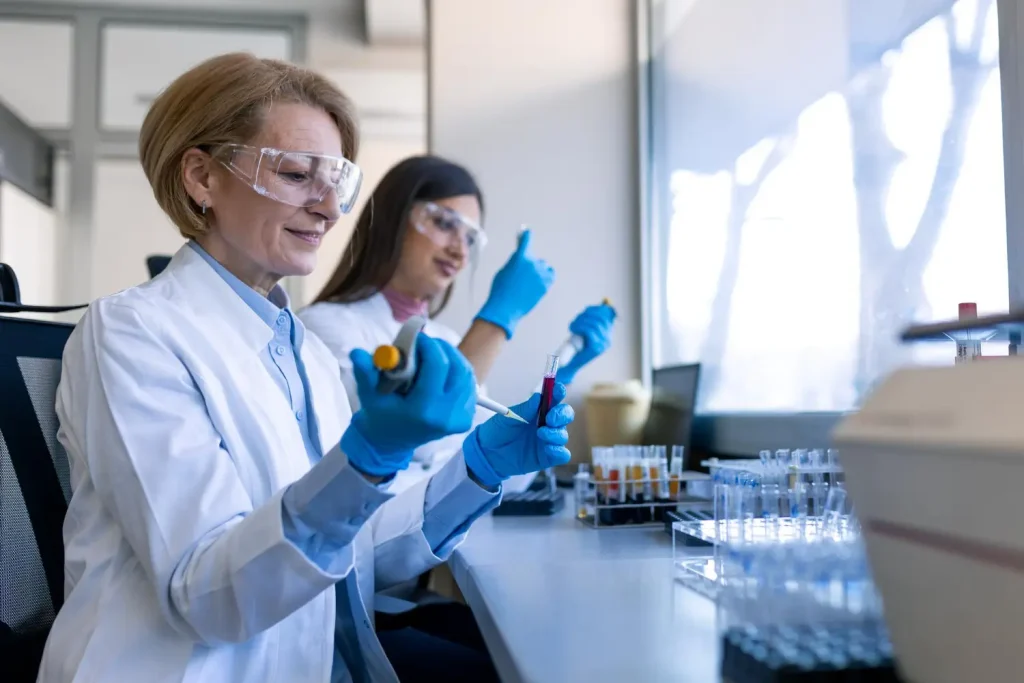Osteoarthritis is a form of arthritis that commonly attacks the knee joints, especially in middle-aged women and men. The pain often gets worse with time as the knee cartilage progressively degenerates. When pain relievers like acetaminophen, physical and occupational therapy, and weight loss does not remove the stress off the knee joints, viscosupplements are the next therapy in line. The question is, which viscosupplement is best: Hyalgan or Synvisc?
Benefits of Hyalgan and Synvisc
Hyaluronic acid is a naturally-occurring substance that helps to lubricate the knee joints. Viscosupplements, such as Hyalgan (hylan GF 20) and Synvisc, help to replenish the hyaluronic acid content in the synovial fluid in the knee cartilage. By restoring the hyaluronic acid content, the friction between the knee joint is reduced, thereby ameliorating the painful and potentially debilitating symptoms of osteoarthritis. Both brands source their hyaluronic acid from the flesh found on top of the rooster’s head, which is rooster combs.
These two osteoarthritis medications are meant to be injected directly into the cavity nearest the knee joint, where the gel can be supplied in the cartilage. Both formulations provide gradual, lasting pain relief that can be achieved by means of a series of injections. It is strongly advised to adhere to the schedule of each brand and specific product to attain the optimal results with any viscosupplement.
With proper administration, patients can enjoy a smooth and painless articulation at their knee joint(s) affected by osteoarthritis. This can improve their lifestyle, even in respect to actions like walking and bending down.
Hyalgan vs Synvisc: Differences
Hyalgan was approved by the FDA in 1997 for treating osteoarthritis knee pain; it is the first hyaluronate therapy approved by the FDA for such a condition, and it was followed by Synvisc. Although these two products’ hyaluronic acid content is extracted from the same type of source, Synvisc boasts a larger molecular weight and has been deemed to be more similar to the elasticity and viscosity of the synovial fluid found in the knee joints of healthy, young adults.
With this difference in mind, Synvisc offers an injectable that requires less doses to achieve comparable results. Patients can receive one dose of Synvisc One or six doses of Synvisc. For the latter, the full course requires six consecutive weekly injections. Hyalgan treatment is given as five weekly injections.
The expected duration of efficacy for both products is six months. However, Synvisc’s high molecular weight may help extend its longevity beyond six months, so it might be able to provide the patient with more time to enjoy smooth joint movement before needing another series of treatments.
Effects, precautions, & reminders
Since both Hyalgan and Synvisc share the same ingredient and administration method, patients may experience similar mild effects, including fluid accumulation around the joint, redness, slight pain, and swelling. Since it may take time for the hyaluronic acid gel to settle in the cavity, patients who take either Hyalgan or Synvisc are advised to refrain from performing any strenuous exercises, such as jogging, for at least two days.
For Synvisc, the repeated injections may increase the risk of hypersensitive reactions, in which the patient will exhibit allergic and immune responses to the gel.
Unfortunately, the effects and safety profile of these two products is yet to be established in pregnant and nursing mothers. It is also advisable for patients who are allergic to poultry and eggs to seek out alternative medications.
Recommendations
For patients who are suffering from osteoarthritis, both Hyalgan and Synvisc can provide optimal comfort and relief. It is best for patients to consult with their doctor(s) as to which product may be more beneficial for their budget and time; other potential complications that can occur can also be outlined and explained to patients during consultation with their doctor(s). When both parties reach a mutual ground of understanding and fully comprehend the products involved, the chances of optimal outcome are dramatically higher.





















